Boxed or full-width layout – how do you pick the right format for your website while in the planning stage of building (or rebuilding) the site for your service or software business?
The short answer: boxed.
The slightly longer answer: most websites in the professional services and software sectors benefit from a mix of both, however, a boxed layout should dominate.
Before we dive into why, let’s take a quick look at the benefits of a full-width layout.
Benefits of a full-width layout
A full-width layout allows content to stretch from one edge of a screen to another, no matter the screen size. It usually results in a more bold and modern design.
It is particularly effective for:
- Hero sections and headers: it makes a strong first impression, especially for websites that rely heavily on beautiful images and/or video content.
- Demos and showcases: if you are demonstrating product features, for example, full-width containers can offer a more visually dramatic impact.
- Creating a break between sections: you can add a full-width container to break down the monotony of boxed containers and that way draw attention to a banner, for example. This structural diversity also helps maintain the attention of users.
So then why should a boxed layout dominate in services and software?
Clarity is crucial for business in these sectors. The goal is not to overwhelm users with stunning imagery or fancy layouts. The goal is to communicate complicated information in as clear a manner as possible.
A boxed layout keeps content aligned with a clearly defined width and visible margins on either side. This instantly creates structure, readability, and focus.
- It improves readability: Professional service and software businesses need to communicate complex methodologies, features, product specifications, value propositions, frameworks, pricing info, and more. A boxed layout allows for stronger visual structure of this content.
- It looks intentional and controlled: When sales relies on the appearance of credibility, trust, stability, and expertise, an intentional, controlled overall look of a site matters.
- It is easier to scale: Scalability should be a big part of design planning for small businesses in the services and software sectors. You should be able to create landing pages to support marketing campaigns, launch new features pages, update old ones, and more – and do so in a prompt manner. More work and planning has to go into full-width layouts.
That’s all, really. There is no need for software businesses and service providers to complicate their life. Most of their offerings are already complex.
